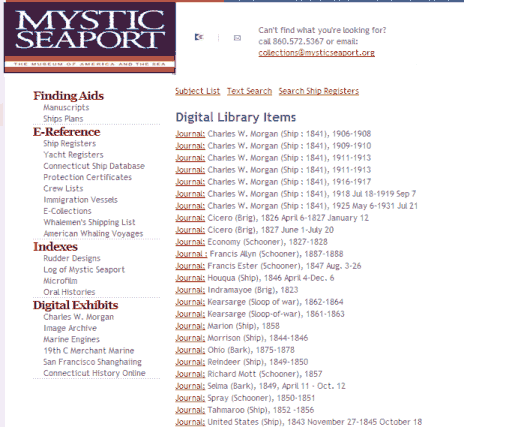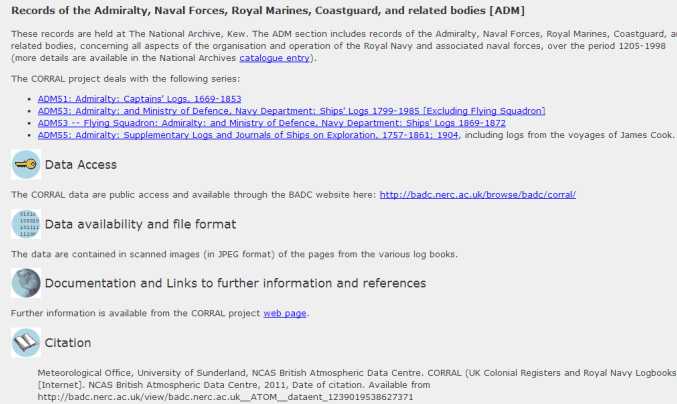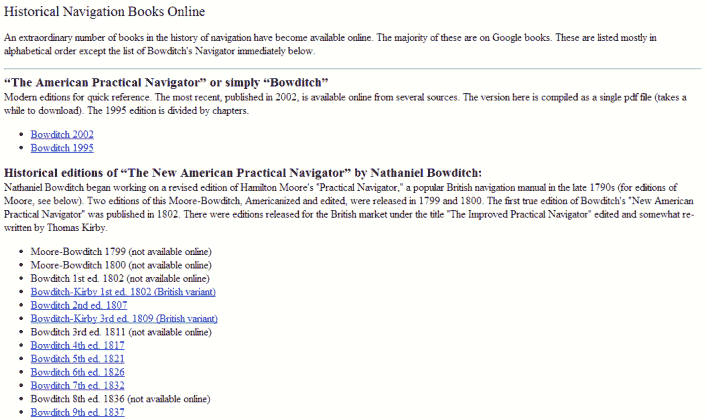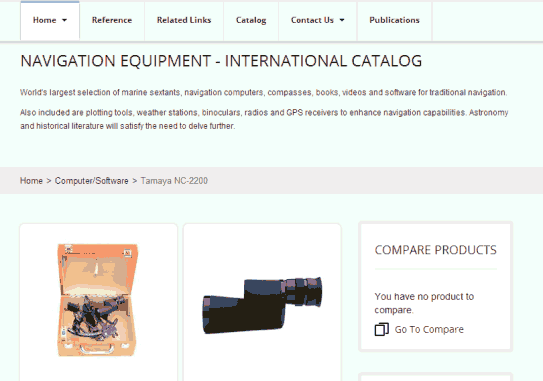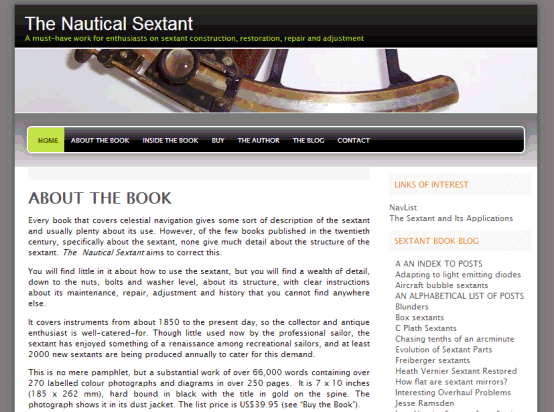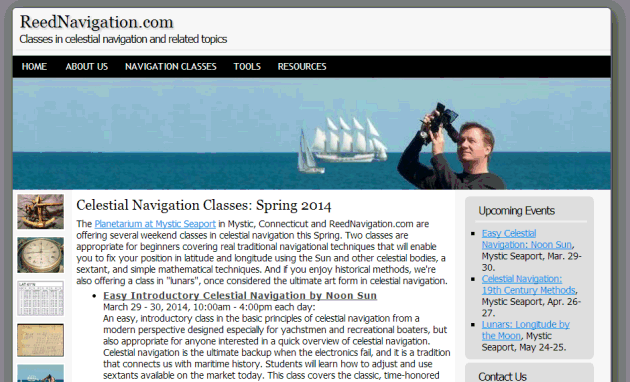
NavList:
A Community Devoted to the Preservation and Practice of Celestial Navigation and Other Methods of Traditional Wayfinding
From: Alexandre Eremenko
Date: 2025 Jan 1, 09:48 -0800
The most detailed information that I have about box sextants is in the online book by Bill Morris: https://sextantbook.com/2010/01/07/a-box-sextant/
It includes recommentations on what to look at when purchasing. I looked at the web, and certainly there are many replicas, which probably are unusable for navigation. And it is very hard to tell which are genuine. Of course if you can handle a real one, it is easy to tell: there must be a silver scale with a nonius, the scale is very fine, you can read it only through the attached magnifying glass, and it is hard to make a good photo. I am not a specialist but I attach my attempts with cell phone and computer camera. It is very difficult to focus a camera.
An interesting question is who really used these sextants, and who manufactured them and when. The only menioning in the literature that I know is from the letters of Alexander von Humboldt (1799):
"I carried out several experiments on board with Hadley mirror sextant. I have an eight-inch one with a silvered arc divided to 20 seconds. I also have a two-inch sextant by Troughton, which I call my snuff-box sextant: it is really incredible what you can do with this little instrument. A single set of observations taken by it of the altitude of the sun when passing the prime vertical will give the correct time within two or three seconds. Even if this accuracy is purely accidental, I must admit that it happens very frequently."
As I already said, this is completely confirmed by my experience (I even shot Lunars with it:-). And I never had to adjust it for index error: the index error is 0 to the best of my knowledge.
But this is the only mentioning in the travel literature that I know. It was certainly not used by seamen, and even land travelers of the 19 and early 20 century did not seem to care much about saving weight, and preferred to carry normal sextants for convenience and accuracy.






